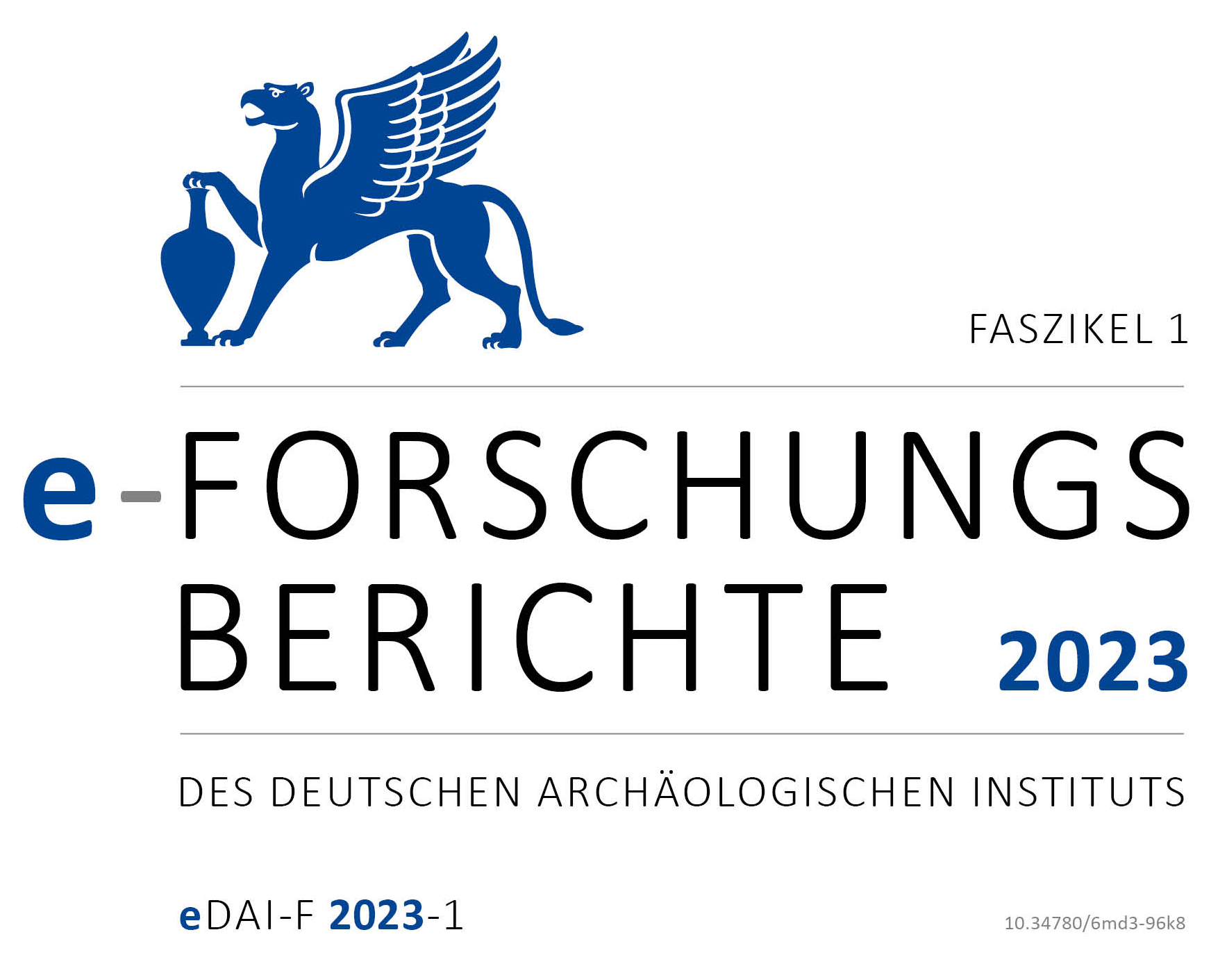Yanghai, China. Neues zur Geschichte der Bekleidungstechnologie. Die Erfindung von Wirkerei auf Köper. Projekt »Silk Road Fashion«. Die Arbeiten der Jahre 2020 und 2021
https://doi.org/10.34780/clc9-bcez
Abstract
Ancient knowledge of the textile production belongs to the world’s intangible cultural heritage and shapes the appearance of most people worldwide when used for clothing. However, their ancient roots can seldom be studied because archaeological textiles and looms on which they were produced decay in most environments without trace. This report presents highlight results of fabric techniques of the wool garments of the ›Turfan man‹, buried ca. 1200–1000 BCE at Yanghai, located in the Turfan oasis in Northwest China. The studied textiles are local products showing advancements of wool technologies developed in the southern (tapestry) and northern (twill) parts of West Asia, which were transferred and further refined by woolworkers via as of yet unknown areas in central and northern Eurasia. From clues of the textiles, the possible design of the weaving device was inferred.





